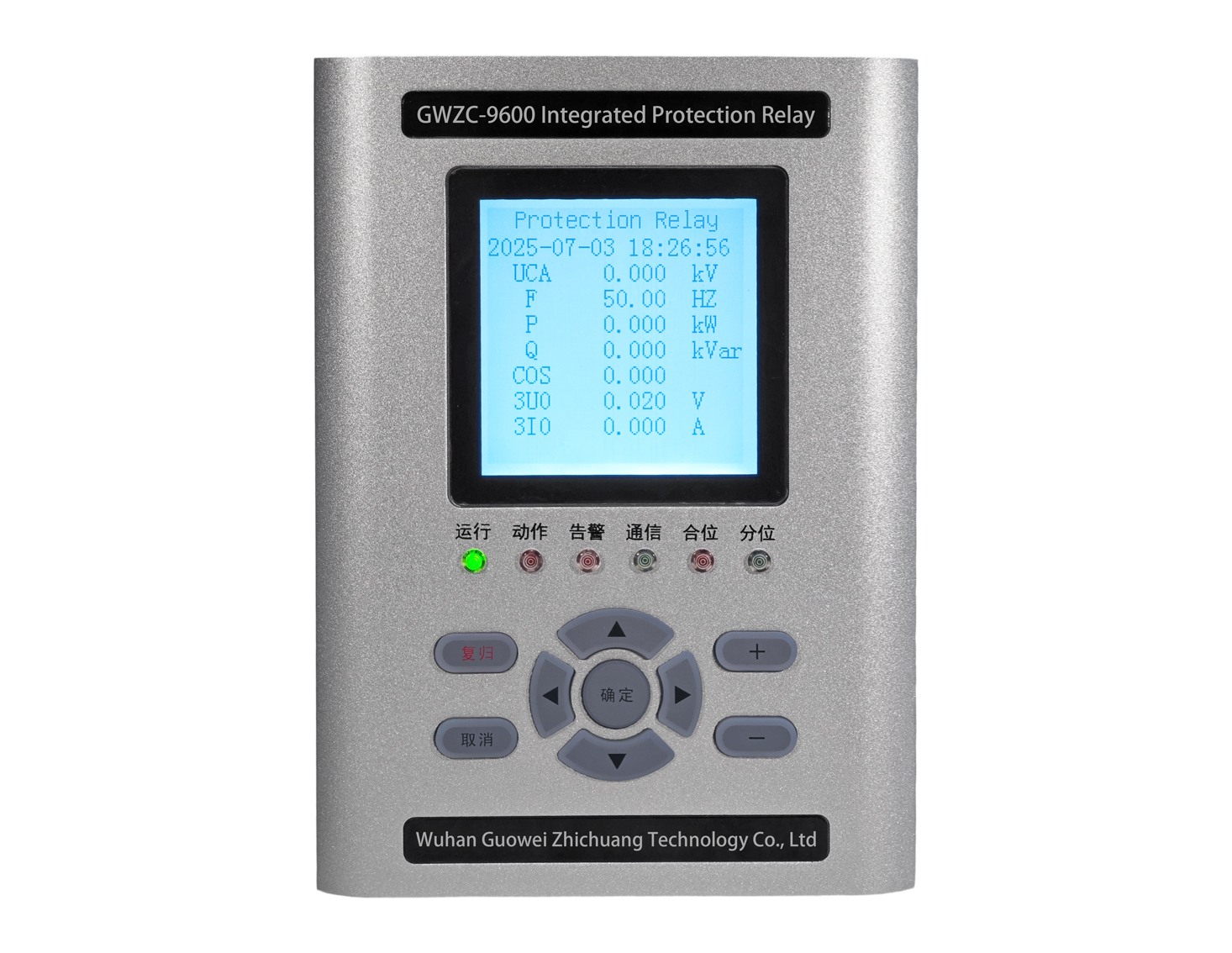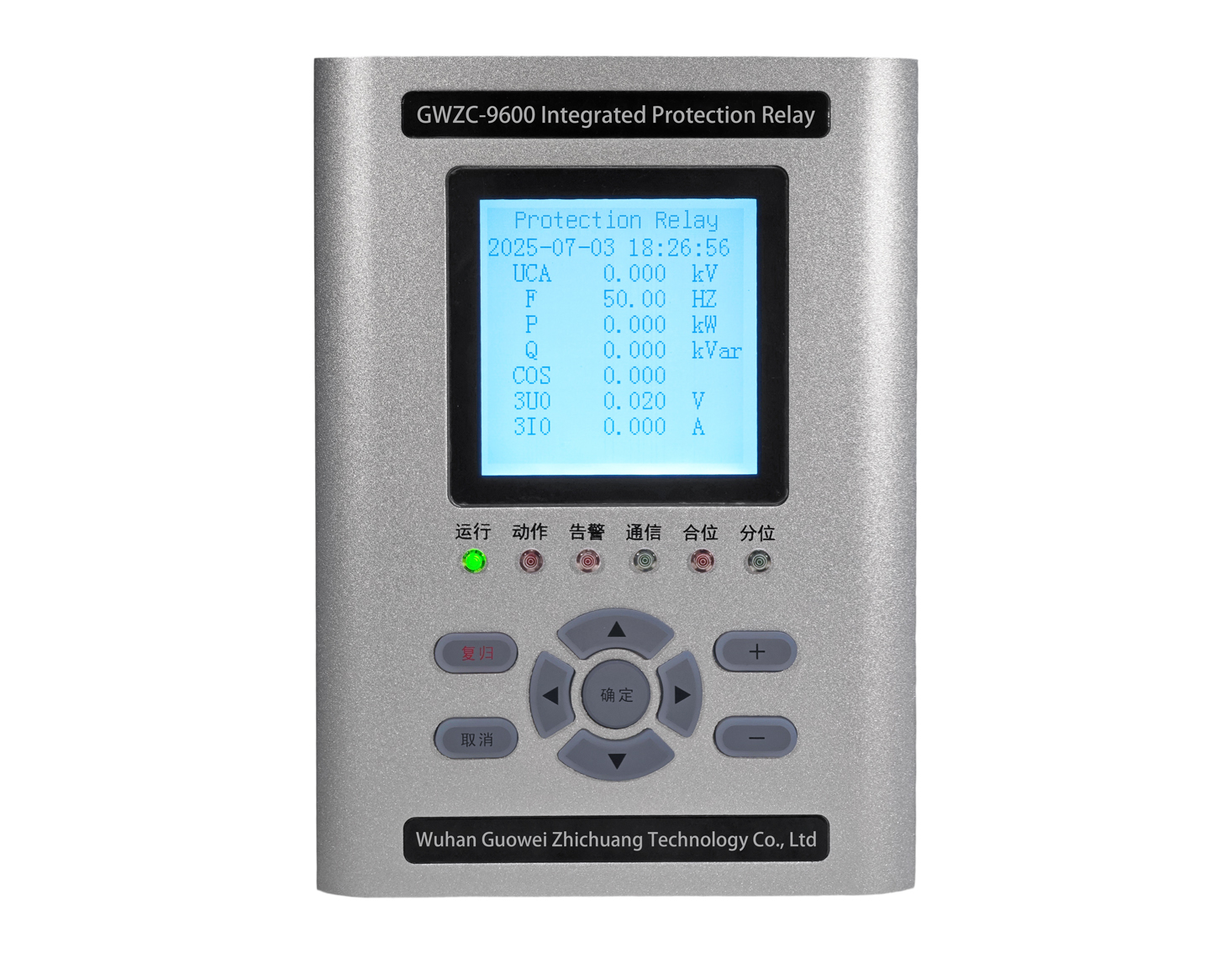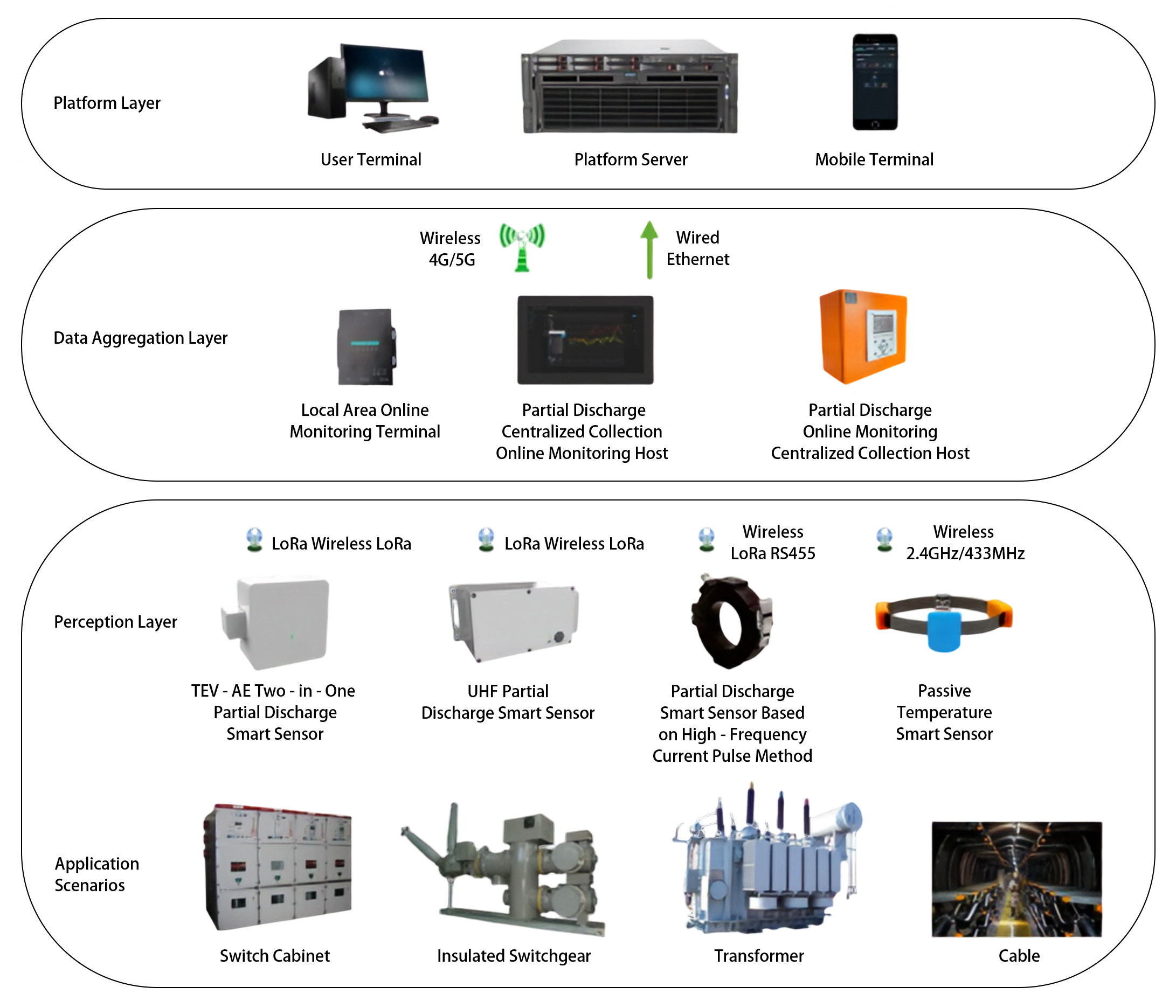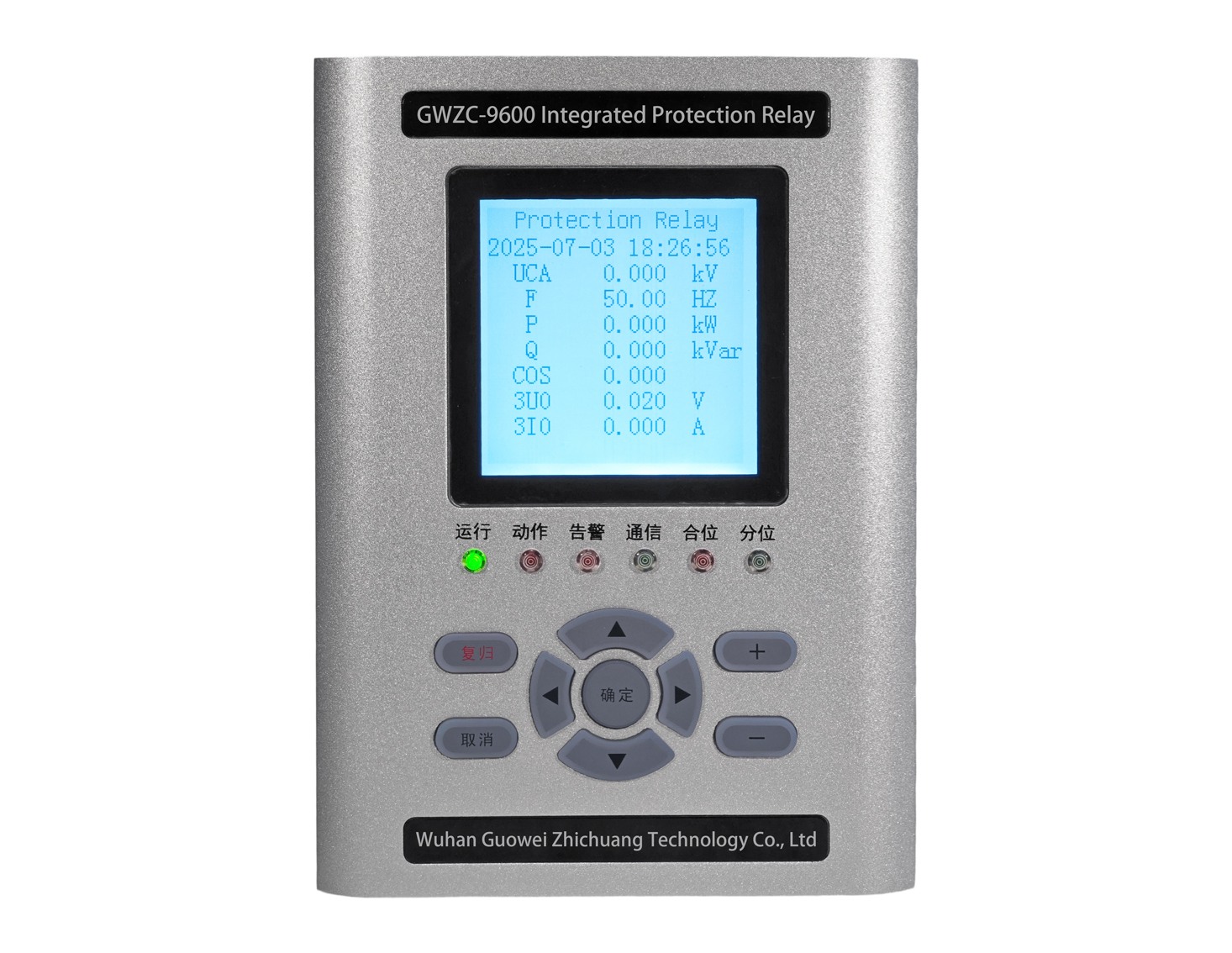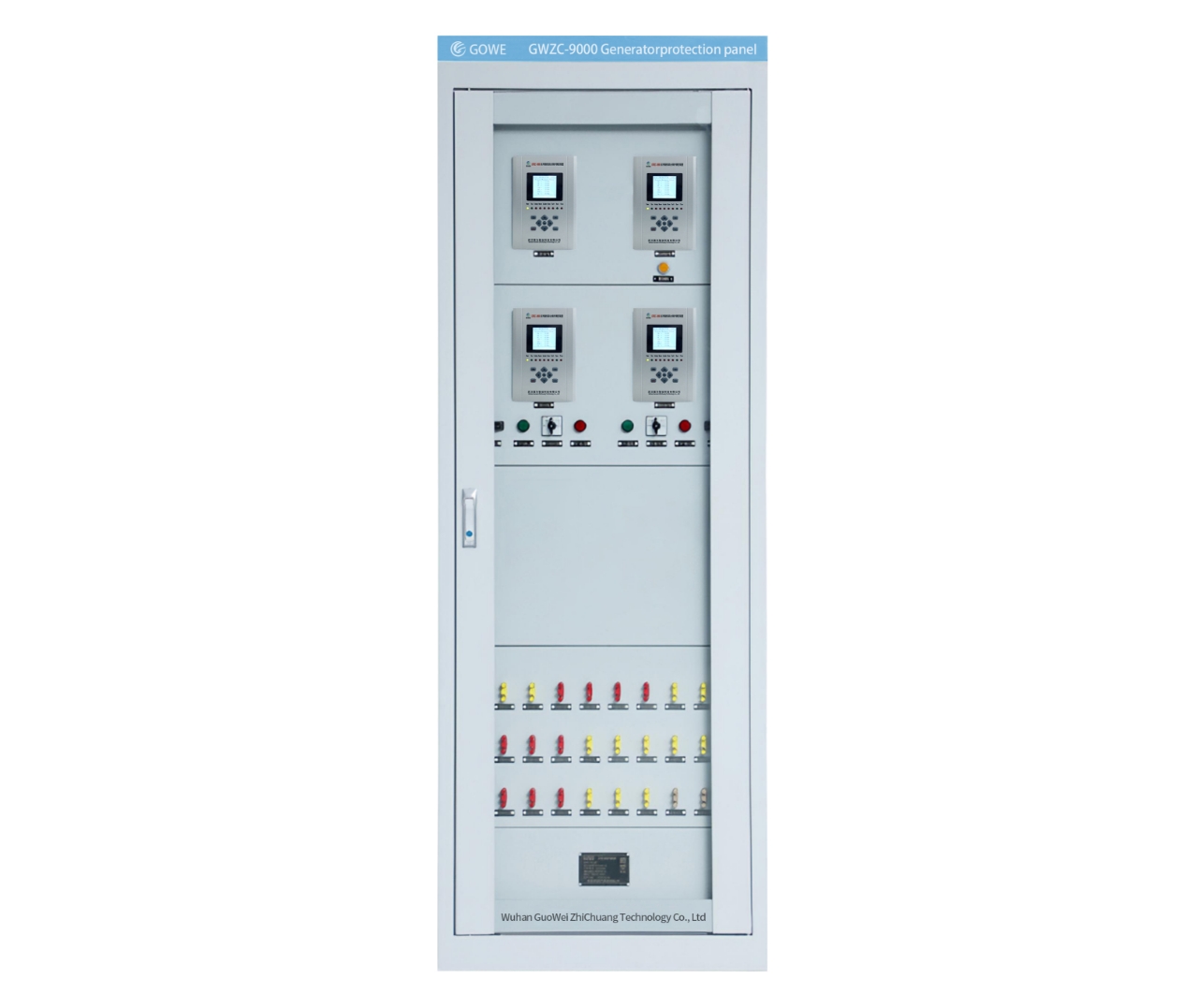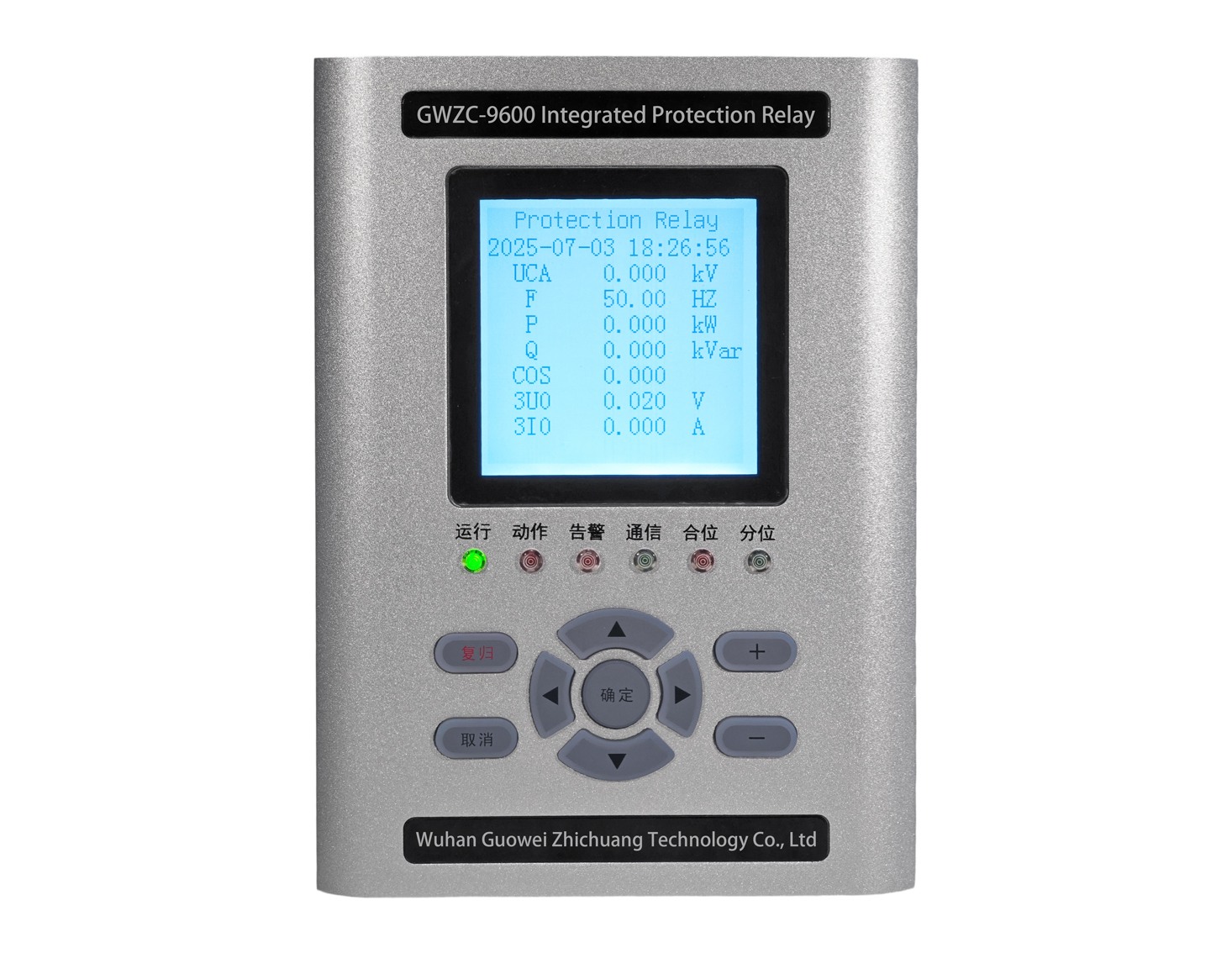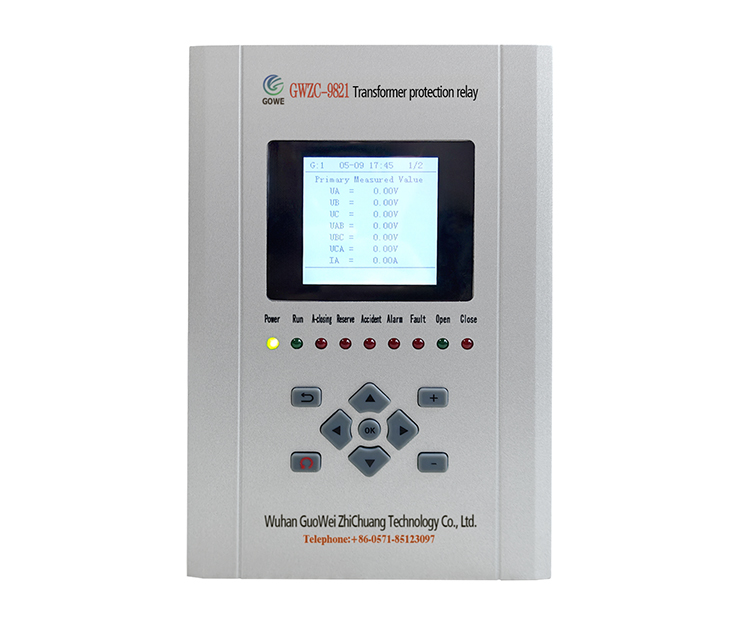
I. Purpose of Definite Time Overcurrent Protection
Backup Protection Core Function: Serves as backup for primary protection systems (e.g., differential, distance protection), operating reliably when primary protection fails or circuit breakers malfunction.
Fault Coverage: Clears phase-to-phase short-circuit faults and severe overloads on protected lines and adjacent equipment (e.g., transformers, busbars).
Equipment Security: Prevents thermal stability failure or insulation degradation caused by sustained fault currents.
Selectivity Assurance: Achieves precise fault isolation through graded time coordination, avoiding over-tripping.
II. Operating Principle of Definite Time Overcurrent Protection
Activation Criteria
Current Measurement: Real-time acquisition of phase currents (Ia,Ib,Ic).
Threshold Comparison: Activates timing logic when any phase current exceeds the preset pickup current setting (Iop.set).
Time Coordination Mechanism
Fixed Time Delay Characteristic: Triggers a time-delay relay upon activation, issuing a trip command after a preset operating time (top).
Selectivity Principle: Operating times increase stepwise (Δt=0.3∼0.5s) toward the power source, ensuring coordination (Fig. 1).
Execution Logic
If fault current persists beyond top→ Trip circuit breaker + send fault signal.
If fault current clears before top→ Timer resets, protection returns.

Key Characteristic: Operating time top is constant, independent of fault current magnitude (vs. inverse-time protection).
III. Setting Calculation for Definite Time Overcurrent Protection
(1) Pickup Current Setting (Iop.set)
Basic Principle: Must discriminate against maximum load current (IL.max):
Iop.set=Krel*Kss⋅(IL.max/Kr)
Krel: Reliability coefficient (1.15–1.25);
Kss: Self-starting coefficient (motor group inrush multiplier, 1.5–3.0);
Kr: Reset ratio (0.85 for electromechanical relays; 0.95 for digital relays).
(2) Time Setting (top)
Graded Time Coordination:tn=tn−1+Δt
tn: Operating time of current protection stage;
tn−1: Longest operating time of downstream adjacent protection;
Δt: Time grading margin (≥0.5s for electromechanical; ≥0.3s for digital relays).
(3) Sensitivity Verification (Ksen)
Verification point: Minimum two-phase fault current (I(2)k.min) at line end under minimum system configuration:
Ksen=I(2)k.min/Iop.set≥1.5
If unsatisfied, reduce Iop.set or switch to inverse-time characteristic.
(4) Special Condition Adjustments
Branching Factor Correction: Adjust Iop.set based on branch current ratio with infeeds;
Directional Restraint: Apply directional element (e.g., 90°-connection power directional relay) in multi-source networks.
IV. Engineering Application Notes
Application Scope: Medium/low-voltage distribution networks (≤35kV), radial power systems.
Limitation: Longest operating time at source-end faults requires coordination with instantaneous overcurrent protection.
Standard Compliance: Settings must comply with IEEE C37.112 / IEC 60255-3 and DL/T 584 (for Chinese grids).
Note: Final settings require iterative optimization using grid parameters (fault levels, impedance ratios, load profiles) and validation via EMT simulation (e.g., PSCAD/EMTP).
